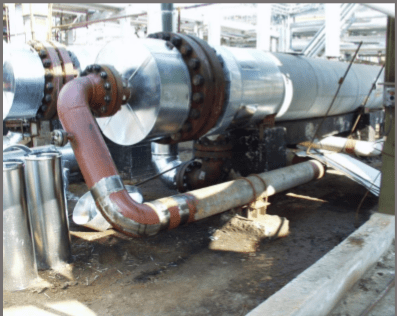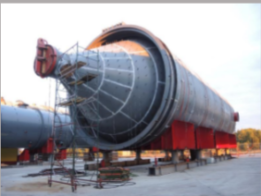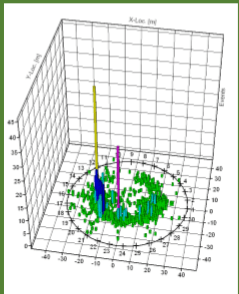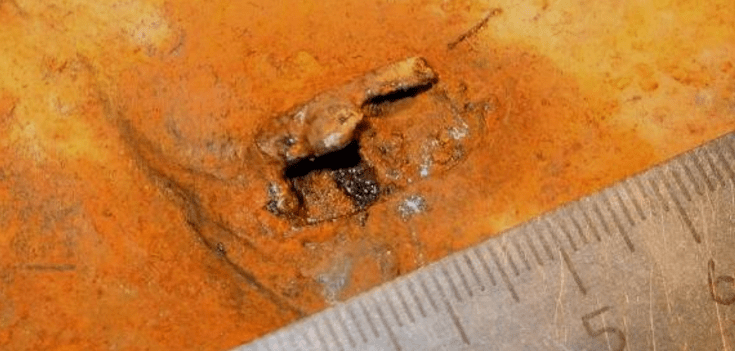Introduction
Comparison with Other NDT Methods
1. Detects movement of defects
2. Requires stress
3. Each loading is unique
4. More material-sensitive than other NDT methods
5. Less geometry-sensitive than other NDT methods
6. Less intrusive on plant/process than other NDT methods
7. Requires access only at sensors positions
8. Tests whole structure at once
9. Main problems: noise related
Requirements
In most cases for the AET Customer must provide pressure increase on 10 -30% above maximum work level, but less than design pressure, in accordance with a predetermined program.
The direct access to the test object surface is needed – pits in the ground or cut of insulation with notches.
The surface of the object should be cleaned from insulation and 50 mm areas cleaned with a file.
In case or road crossing shall be provided measures to protect the data cable from the vehicle, such as fixed metal bath or metal tube. Provided by Customer.
For typical road or river crossing it is needed 4 sensors – 4 pits. Duration of typical test – 6-8 hours including setup, calibration, test and removing the equipment.
During the AET noises level should be minimalized. Very often the test should be conducted at nighttime.
The accuracy of AET increased in case of lower distance between sensors, lower level of noises and higher level of test pressure.
Limitations and requirements of AET
1. AET as part of assessment of petrochemical equipment
2. Ensuring the safety of pneumatic tests
3. Corrosion state and leaks on the bottoms of AGST
4. Liquid Gas Station
5. Main and interplant pipelines
6. Different types of crossing

Crack at a heat exchange nozzle & Crack in a girth weld of process pipeline
Results: crack from the internal side of a girth weld of the process pipeline, length 100 mm, height 5 mm.

Pneumatic tests "turnkey" in accordance with the provisions of international standards
Results: defects in the auxiliary seams.

Leakage at the AGST bottom
Two AE systems - Vallen Systeme AMSY-5, Acoustic Emission (AE) and Physical Acoustic Corporation (PAC) DiSP with summary 88 AE channels were used for the AE test of 37,49 m dia, 26,57 m height isobutene tank.
Access to the tank shell for sensors setup and calibration was by telescoping-boom crane. Because of this tank is completely insulated, waveguides with 150 kHz piezoelectric sensors were mounted around the tank wall circumference.
Active (D) and Intense (E) AE sources in the material and welded joints of the body of the tested vessel were not found. It is recommended to make a future inspection in the zones of “C” grade channels – 18 (DiSP) (zone 1).

Corrosion state of AGST bottom

Assessment of main and interunit pipelines
Results: worm-hole in an annular welded joint of the interplant 4“ammonia pipeline.
